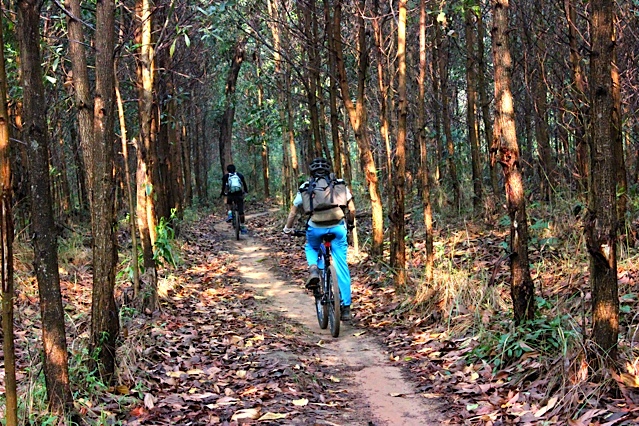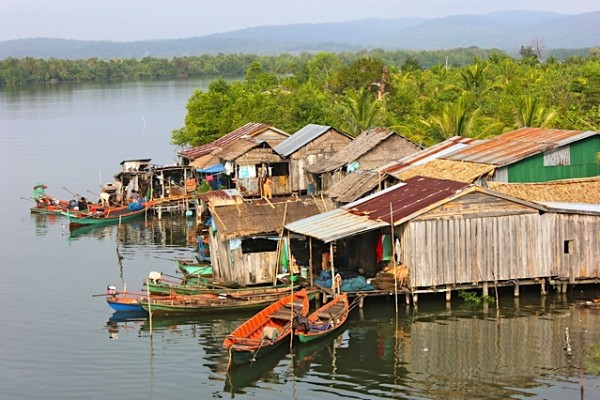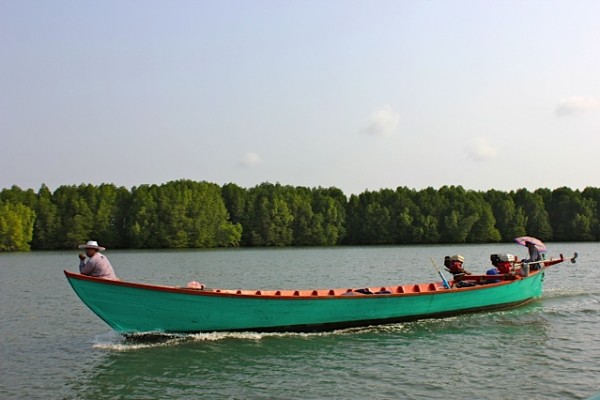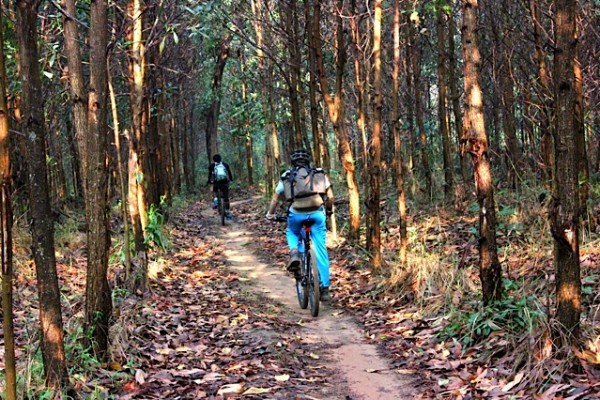From space Cambodia is green. Twenty-six percent of the country is under protection.
The interior’s remoteness and the nation’s violent history greatly set back development and have resulted in the preservation of forest only now being appreciated despite its continued exploitation. The Cardamom Mountains are home to 60 critically threatened species, including Asian elephants, tigers, Siamese crocodiles, gibbons, and Asiatic black bears. The largest virgin wilderness in mainland Southeast Asia, the Cardamom Mountains are also one of only two places in the tropics where forests reach in one contiguous shield from summit to sea.




